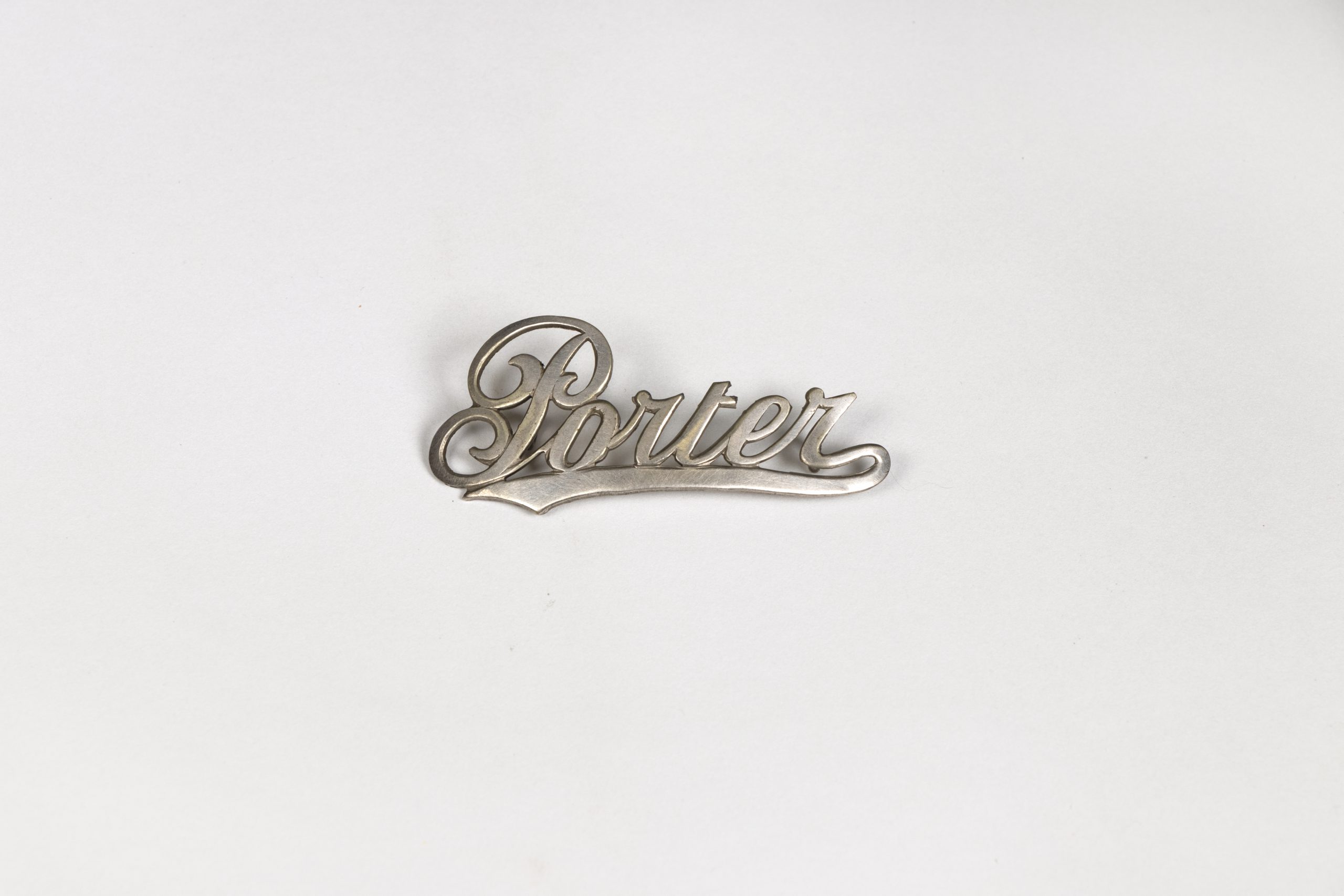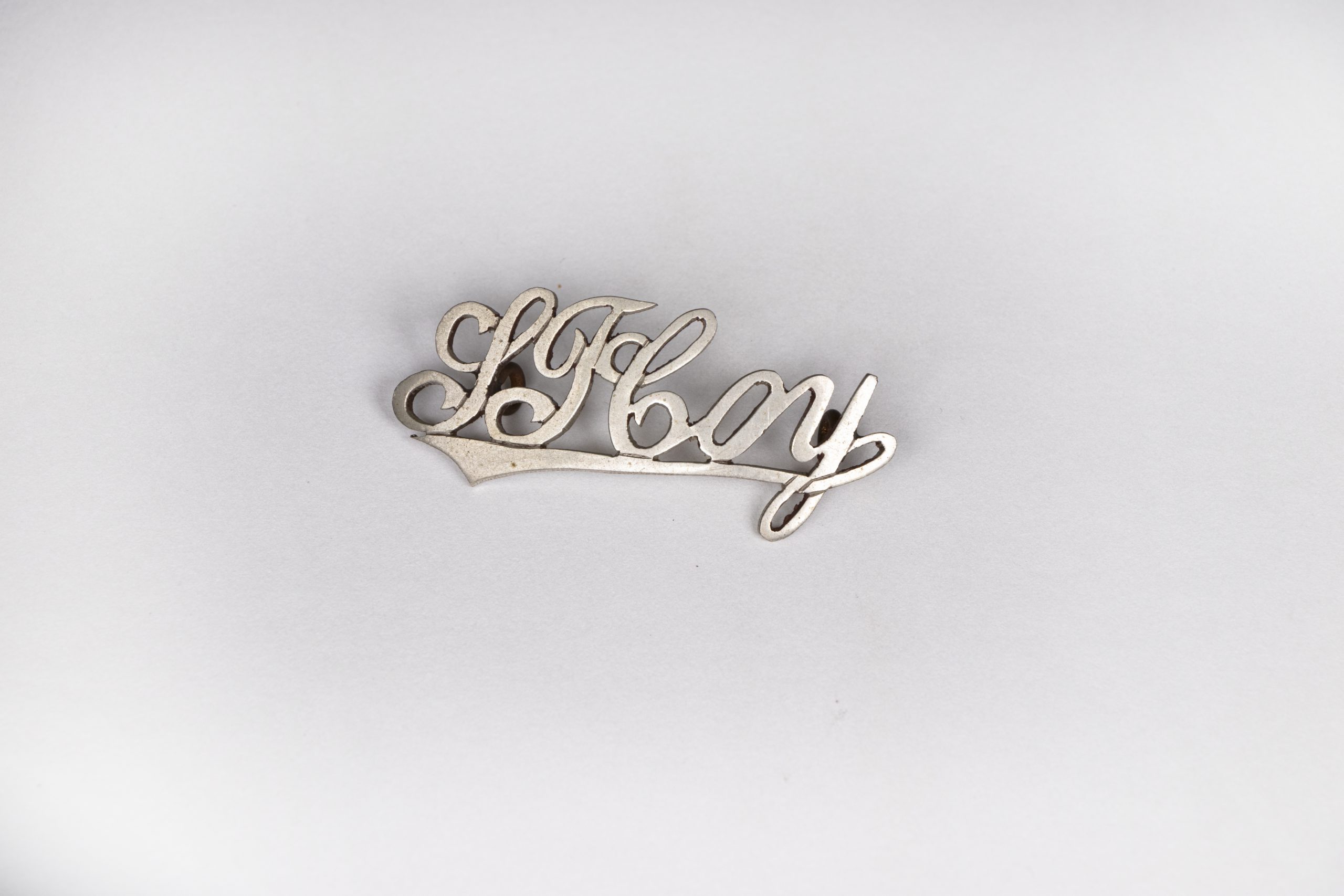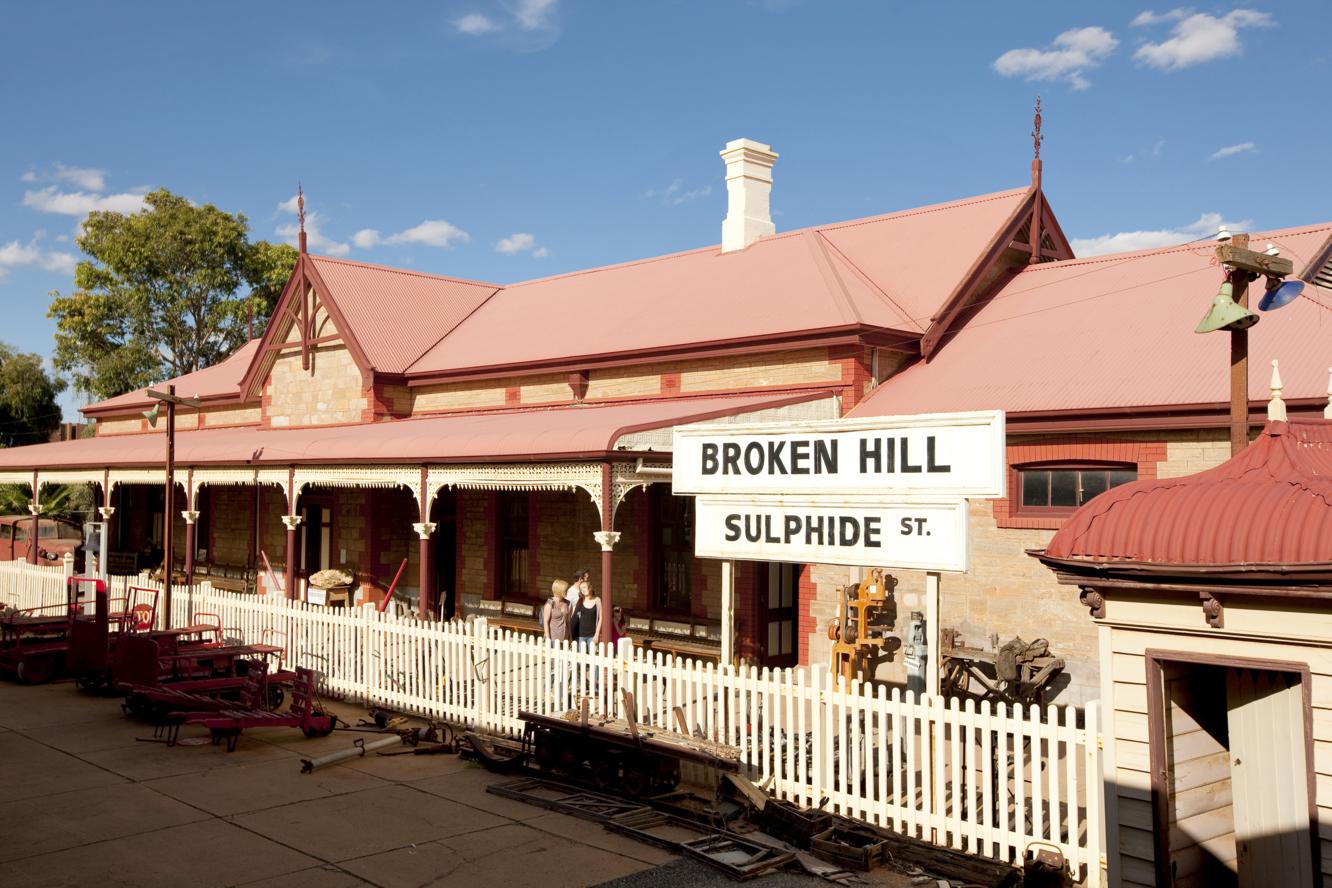Riding the Rails to Prosperity
Establishing the Silverton Tramway Company
In January 1888 a thirty-mile stretch of train track was opened with much pomp and ceremony on the western border of New South Wales. It’s hard to imagine now but the construction of this infrastructure, when the only modes of transport were bullock train, camel, and horse and cart, was vital and revolutionary in its day.
The transport of people and freight in and out of the Barrier Ranges was challenging from the outset. Seeing the potential for economic growth in the mineral-rich New South Wales hinterland, the South Australian Government was quick to take advantage of its geographic proximity.
While the interest in Silverton as a source of minerals was subsiding by the late 1880s, accommodating the needs of the expanding town of Broken Hill and the Broken Hill Proprietary Company (BHP) made sense. The South Australian government passed a Bill to build a 3’ 6” gauge rail service from Petersburg in South Australia to the border of New South Wales in 1884.
When the New South Wales government was reluctant to extend a corresponding rail line from the South Australian border to Broken Hill, a private enterprise dubbed the Silverton Tramway Company (STC) stepped in, and the government met them halfway. The venture was a tramway in name only; the misnomer deployed to get around legislation preventing private parties from owning railways. The Silverton Tramway Company Act was passed in October of 1886, enabling the construction of the much-needed link between Broken Hill and Cockburn. The development of a 3’ 6” gauge railway line (identical to that used by the South Australian Railways) began soon afterwards.
The STC tracks were officially opened by the Duke of Manchester on January 12 1888, bringing an abundance of benefits to the wider community in addition to the many industrial advantages. Water, fresh fruit and vegetables were more readily available, the mail arrived faster and easy travel to South Australia was now available. It is impossible to overstate the value of the introduction of the single thirty-mile stretch of track to the people of Broken Hill – it was as much a lifeline for the remote community as a means to efficiently transport ore, wool and livestock.





